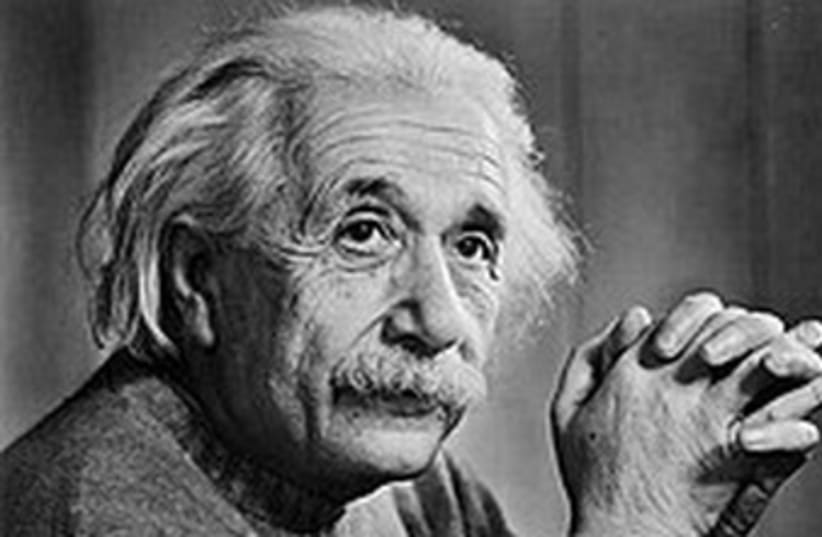On August 2, 1939, Albert Einstein signed a letter to US President Franklin D. Roosevelt urging him to create an atomic research program. Einstein’s support was crucial in the president’s ultimate decision to invest in a large-scale atomic project in 1941 – ultimately named the Manhattan Project – altering the course of diplomatic discourse and warfare forever.Once an ardent pacifist, Einstein had opposed the creation of such weapons, but he could not watch the Nazis gain sole possession of such a mightily destructive power.Thus, in the summer of 1939, six months after the discovery of uranium fission, Hungarian-born American physicist and inventor Leo Szilard and his fellow physicist Eugene Wigner visited Einstein’s holiday cabin in Peconic, on the northern tip of Long Island, New York, to implore him to write to the Belgian queen mother to prevent the large stockpile of uranium ore in the Belgian Congo from falling into Nazi hands.Instead, with the encouragement of economist and unofficial-adviser to the president Alexander Sachs, they decided to write directly to the American Roosevelt, hoping his ear would be of more use than that of the Belgian queen mother. The letter recommended two approaches: first, for government departments to put forward recommendations for government action, “giving particular attention to the problem of securing a supply of uranium ore for the United States,” and second, to “speed up experimental work” without the confines of university laboratory funds.Warning Roosevelt of the consequences of an atomic bomb, which had been dismissed as unrealistic by much of the American physicist community, the letter dictated: “This new phenomenon would lead to the construction of bombs, and it is conceivable – though much less certain – that an extremely powerful bombs of a new type may thus be constructed.” Relaying that Germany had already forbidden the sale of Czechoslovakian uranium ore, the letter prophesized, “a single bomb of this type…might very well destroy the whole port together with some of the surrounding territory.”Responding four months later, the president wrote: “My dear Professor: I want to thank you for your recent letter and the most interesting and important enclosure. I found this data of such import that I have convened a Board consisting of the head of the Bureau of Standards and a chosen representative of the Army and Navy to thoroughly investigate the possibilities of your suggestion regarding the element of uranium. I am glad to say that Dr. Sachs will cooperate and work with this Committee and I feel this is the most practical and effective method of dealing with the subject. Please accept my sincere thanks."
Einstein took full responsibility for the consequences of his letter. He was quoted as saying that if he had known the fear of Nazi Germany acquiring the bomb was not justified, he would not have participated in “opening this Pandora’s box”, for just six short years later, the American B-29 bomber would release the first atomic bomb to be used in warfare in Hiroshima, Japan, causing 66,000 instantaneous deaths. Three days later, a second bomb was to be detonated on Nagasaki, annihilating nearly half the population of the town.
